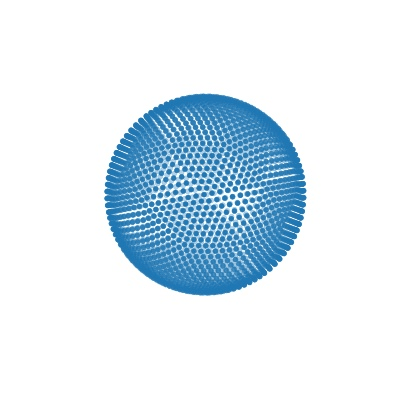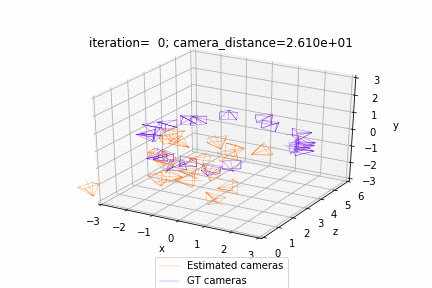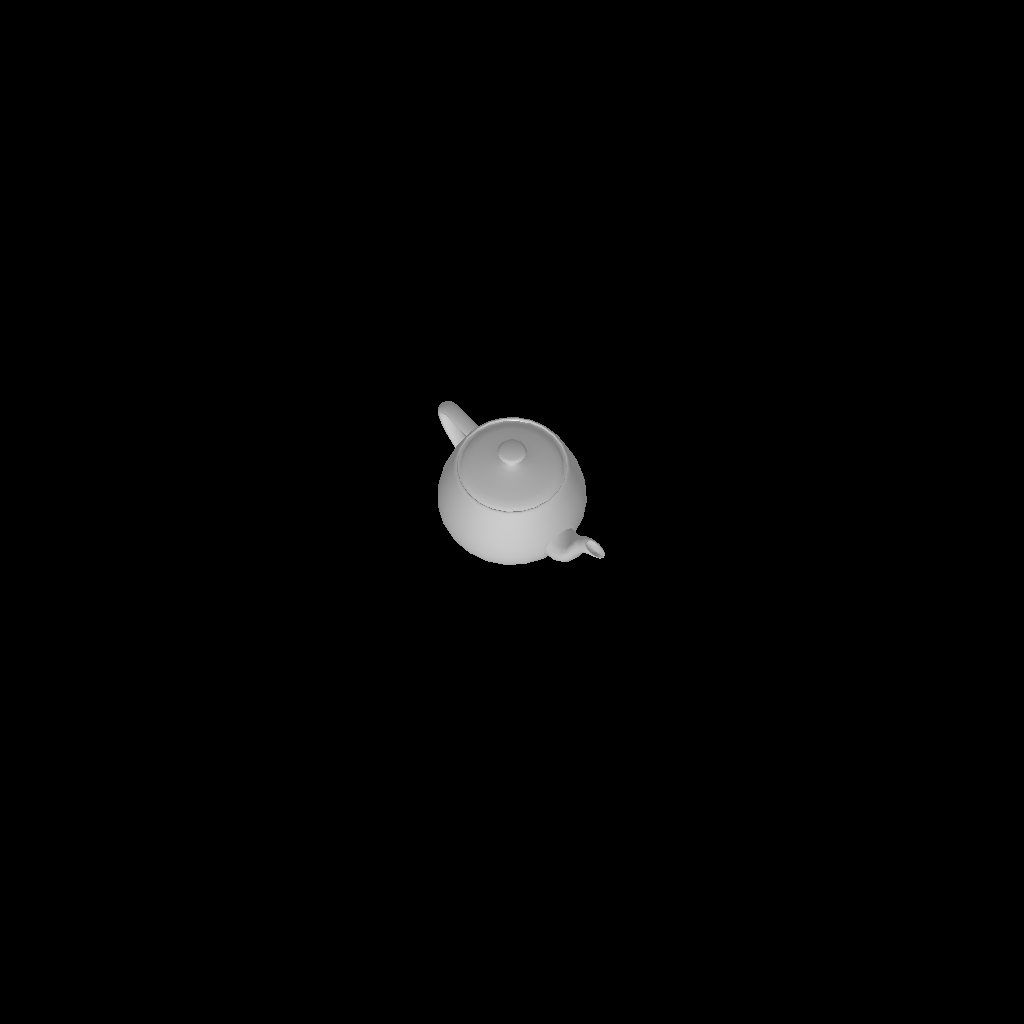Summary: Adds knn backward to return `grad_pts1` and `grad_pts2`. Adds `knn_gather` to return the nearest neighbors in pts2. The BM tests include backward pass and are ran on an M40. ``` Benchmark Avg Time(μs) Peak Time(μs) Iterations -------------------------------------------------------------------------------- KNN_SQUARE_32_256_128_3_24_cpu 39558 43485 13 KNN_SQUARE_32_256_128_3_24_cuda:0 1080 1404 463 KNN_SQUARE_32_256_512_3_24_cpu 81950 85781 7 KNN_SQUARE_32_256_512_3_24_cuda:0 1519 1641 330 -------------------------------------------------------------------------------- Benchmark Avg Time(μs) Peak Time(μs) Iterations -------------------------------------------------------------------------------- KNN_RAGGED_32_256_128_3_24_cpu 13798 14650 37 KNN_RAGGED_32_256_128_3_24_cuda:0 1576 1713 318 KNN_RAGGED_32_256_512_3_24_cpu 31255 32210 16 KNN_RAGGED_32_256_512_3_24_cuda:0 2024 2162 248 -------------------------------------------------------------------------------- ``` Reviewed By: jcjohnson Differential Revision: D20945556 fbshipit-source-id: a16f616029c6b5f8c2afceb5f2bc12c5c20d2f3c

Introduction
PyTorch3D provides efficient, reusable components for 3D Computer Vision research with PyTorch.
Key features include:
- Data structure for storing and manipulating triangle meshes
- Efficient operations on triangle meshes (projective transformations, graph convolution, sampling, loss functions)
- A differentiable mesh renderer
PyTorch3D is designed to integrate smoothly with deep learning methods for predicting and manipulating 3D data. For this reason, all operators in PyTorch3D:
- Are implemented using PyTorch tensors
- Can handle minibatches of hetereogenous data
- Can be differentiated
- Can utilize GPUs for acceleration
Within FAIR, PyTorch3D has been used to power research projects such as Mesh R-CNN.
Installation
For detailed instructions refer to INSTALL.md.
License
PyTorch3D is released under the BSD-3-Clause License.
Tutorials
Get started with PyTorch3D by trying one of the tutorial notebooks.
 |
 |
|---|---|
| Deform a sphere mesh to dolphin | Bundle adjustment |
 |
 |
|---|---|
| Render textured meshes | Camera position optimization |
Documentation
Learn more about the API by reading the PyTorch3D documentation.
We also have deep dive notes on several API components:
Development
We welcome new contributions to PyTorch3D and we will be actively maintaining this library! Please refer to CONTRIBUTING.md for full instructions on how to run the code, tests and linter, and submit your pull requests.
Contributors
PyTorch3D is written and maintained by the Facebook AI Research Computer Vision Team.
Citation
If you find PyTorch3D useful in your research, please cite:
@misc{ravi2020pytorch3d,
author = {Nikhila Ravi and Jeremy Reizenstein and David Novotny and Taylor Gordon
and Wan-Yen Lo and Justin Johnson and Georgia Gkioxari},
title = {PyTorch3D},
howpublished = {\url{https://github.com/facebookresearch/pytorch3d}},
year = {2020}
}